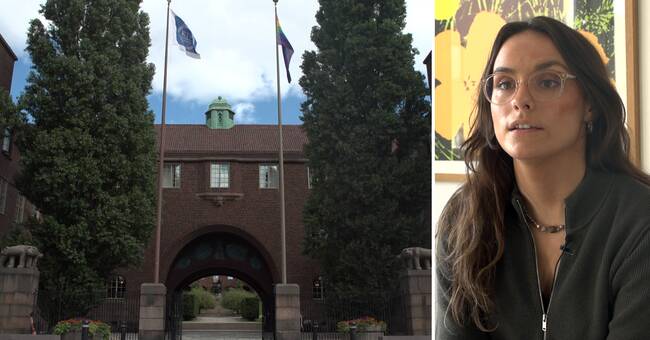Behind KTH's cool brick facade, it is quiet and smells of detergent.
- Now it is calm before the storm, you could say, in two weeks it will be full of first-year students here, says KTH's professor Joakim Jaldén.
He is the program manager for the school's master's engineering program in electrical engineering.
After almost a year of distance learning, students will again be welcomed back to lecture halls and classrooms at the end of August.
But not everything will be as usual.
Like many other higher education institutions that SVT spoke to, KTH will in the autumn use a so-called hybrid solution - a mixture of digital distance education and on-site teaching.
Hope to meet friends
Despite this, many are happy to return to the school premises.
One of them is the engineering student Julia Byström, who will start the seventh semester of her education.
Half of her time at KTH has so far been at a distance.
But now she has finally got a schedule - with a hall number.
- I have E1, M1, lots of small hall numbers and I feel that I will hardly be able to find more at KTH, she says expectantly.
Medical student Alexander Stimose at Lund University is also looking forward to returning to the physical school desk.
- My hope this autumn is that I will be able to come back and meet my friends for real, he says.
Big differences among the programs
However, the pandemic has affected Sweden's students in quite different ways, and will continue to do so this autumn.
Perhaps the main difference is between programs that consist of a lot of theory, such as Julia Byström's, and programs that have very practical elements, such as Alexander Stimoses.
- Since our educations have elements that mean that the students are in healthcare, they have been a part of the place, but we have had the majority of the education at a distance.
We will continue with a mix also this autumn, says Maria Björkqvist, vice dean at the Faculty of Medicine at Lund University.

